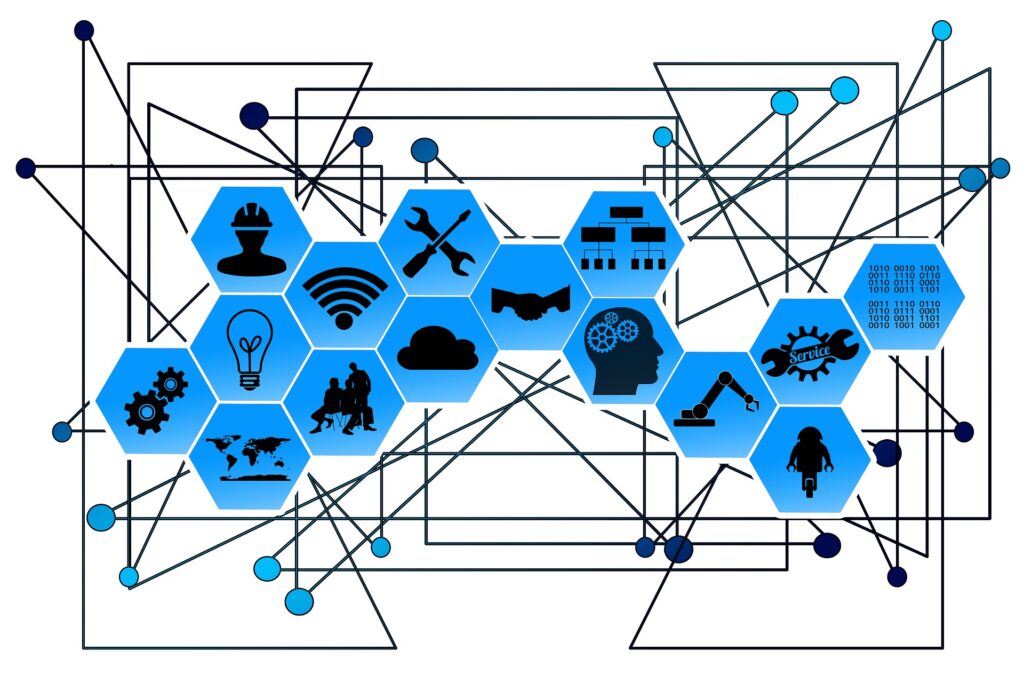
The Internet of Things (IoT) has revolutionized the way we interact with the world around us, connecting everything from appliances to vehicles to the internet. However, as more and more devices are connected to the IoT, the amount of data generated by these devices has grown exponentially. This has led to the emergence of edge computing, a new technology that aims to process and analyze this data at the edge of the network, closer to the devices themselves. In this article, we will explore the key features of edge computing, the potential benefits it offers, and the impact it is expected to have on the IoT.
The first key feature of edge computing is the ability to process data locally. Traditional computing models rely on sending data to a centralized location, such as a data center, for processing and analysis. Edge computing, on the other hand, allows data to be processed and analyzed at the edge of the network, closer to the devices that generate it. This means that data does not need to be sent over long distances, reducing the latency and increasing the responsiveness of the system.
Another key feature of edge computing is the ability to handle large amounts of data. With the rapid growth of the IoT, the amount of data generated by connected devices has grown exponentially. Edge computing allows data to be processed and analyzed at the edge of the network, reducing the amount of data that needs to be sent to a centralized location, which helps to reduce the load on the network, and enables the system to handle large amounts of data efficiently.
One of the most significant benefits of edge computing is the potential to revolutionize the IoT. The IoT is a network of connected devices that collect and transmit data to be analyzed and acted upon. However, as the number of devices connected to the IoT grows, the amount of data generated by these devices has grown exponentially. Edge computing allows data to be processed and analyzed at the edge of the network, which will help to reduce the load on the network and enable the IoT to scale more easily.
Edge computing will also have a significant impact on industries that rely on the IoT. For example, in the manufacturing industry, edge computing will enable the use of Industry 4.0, which involves the use of IoT devices and sensors to collect and analyze data in real-time, allowing for more efficient and cost-effective production. In the transportation industry, edge computing will enable the development of autonomous vehicles, which will rely on the ability to process and analyze data in real-time.
Edge computing will also have an impact on society as a whole. With the ability to process data locally, edge computing will enable the development of smart cities, which will use IoT devices and sensors to collect and analyze data to improve the quality of life for citizens. Additionally, edge computing will enable the development of new technologies such as virtual and augmented reality, which will rely on the ability to process and analyze data in real-time.
However, the implementation of edge computing also raises some concerns. One of the main concerns is security. As edge computing will be used to process and analyze data at the edge of the network, it will be important to ensure that the data is secure and protected from cyber-attacks. Another concern is privacy. With the increased use of IoT devices and sensors, there will be more data collected about individuals, which will need to be protected to ensure privacy.
In conclusion, edge computing is a new technology that aims to process and analyze data at the edge of the network, closer to the devices that generate it. Edge computing has the potential to revolutionize the IoT by allowing it to scale more easily, and it will also have a significant impact on industries that rely on the IoT. However, the implementation of edge computing also raises some concerns regarding security.

I was very pleased to uncover this web site. I want to to thank you for your time due to this fantastic read!! I definitely appreciated every bit of it and I have you bookmarked to look at new things on your website.